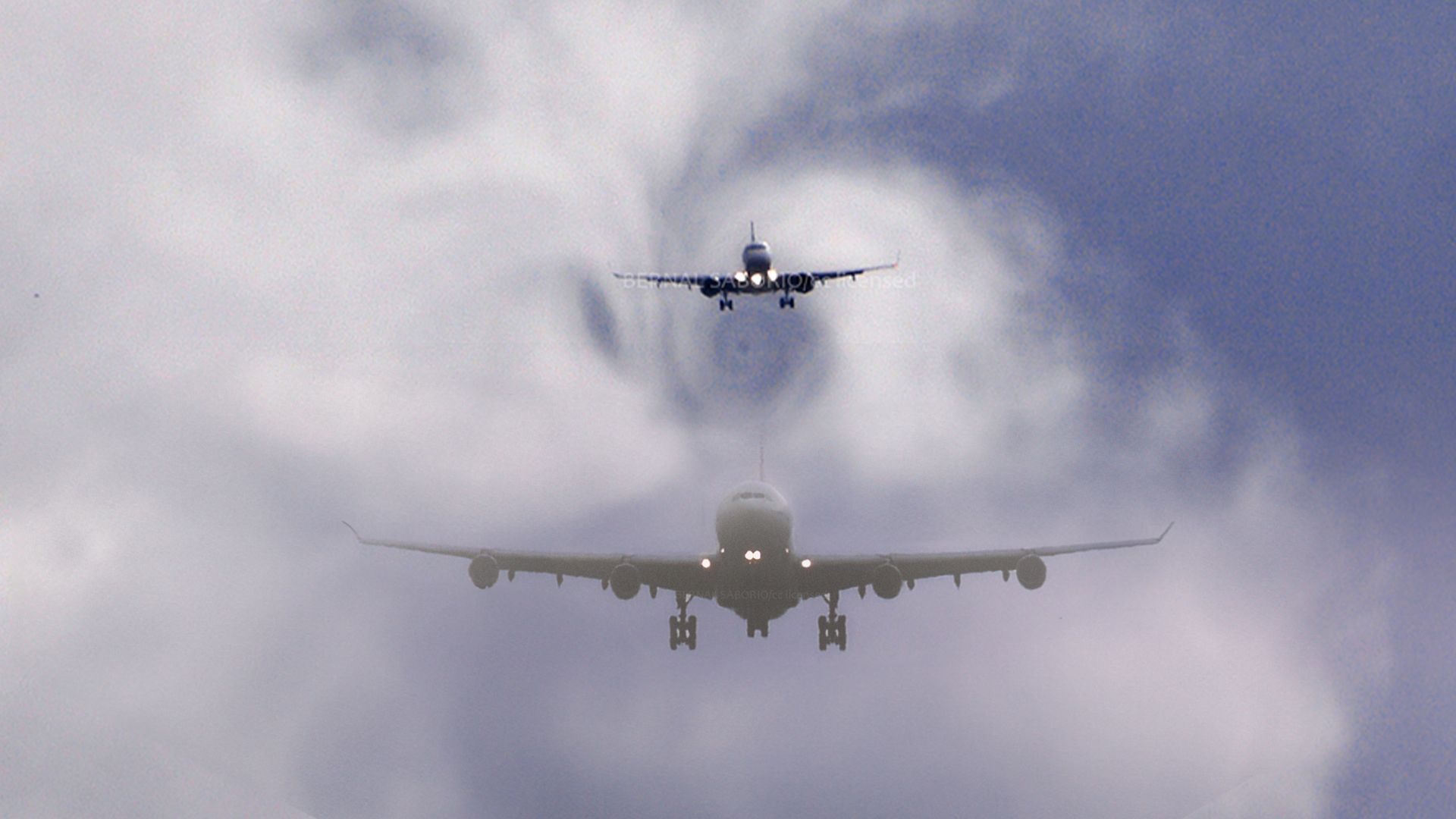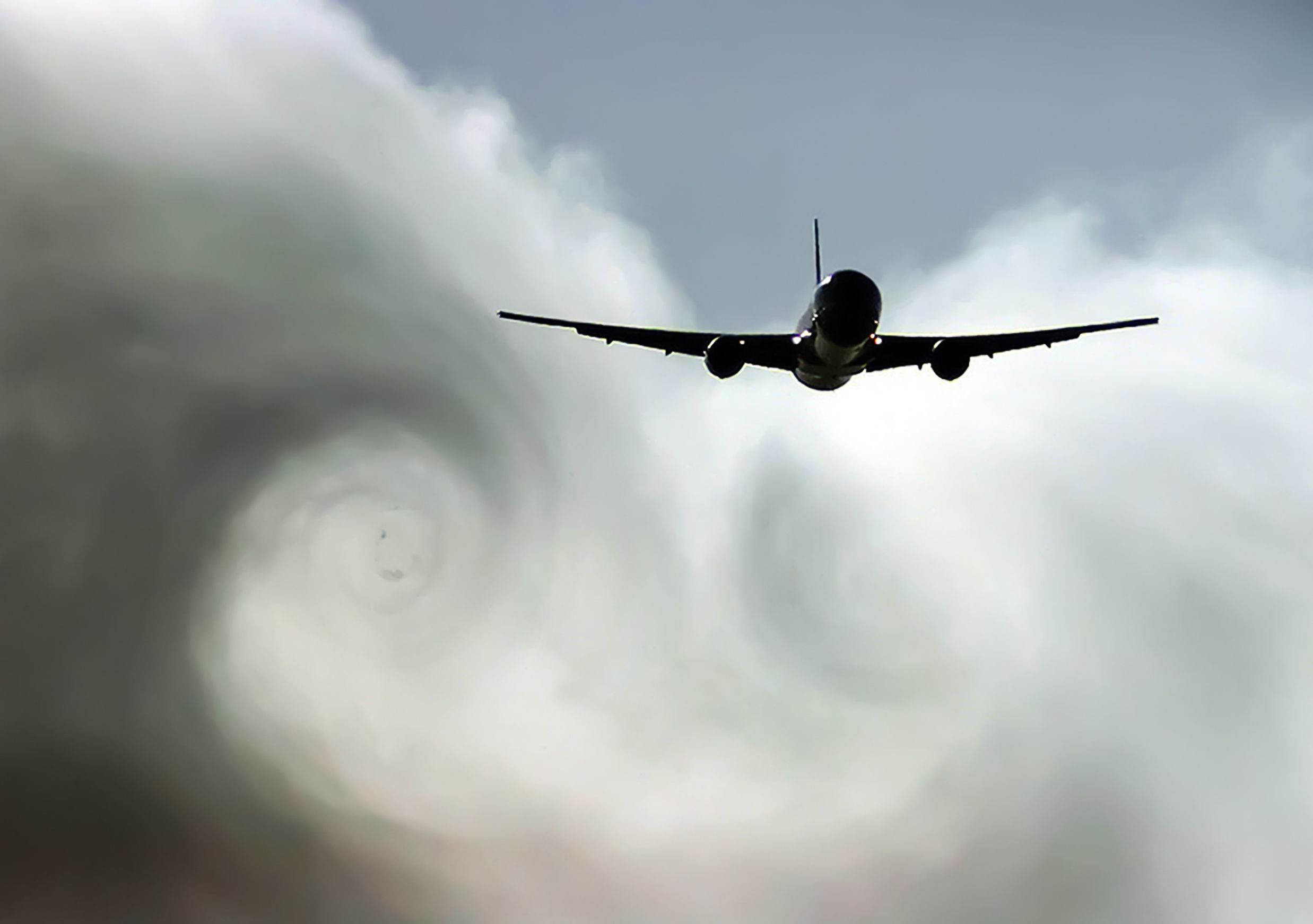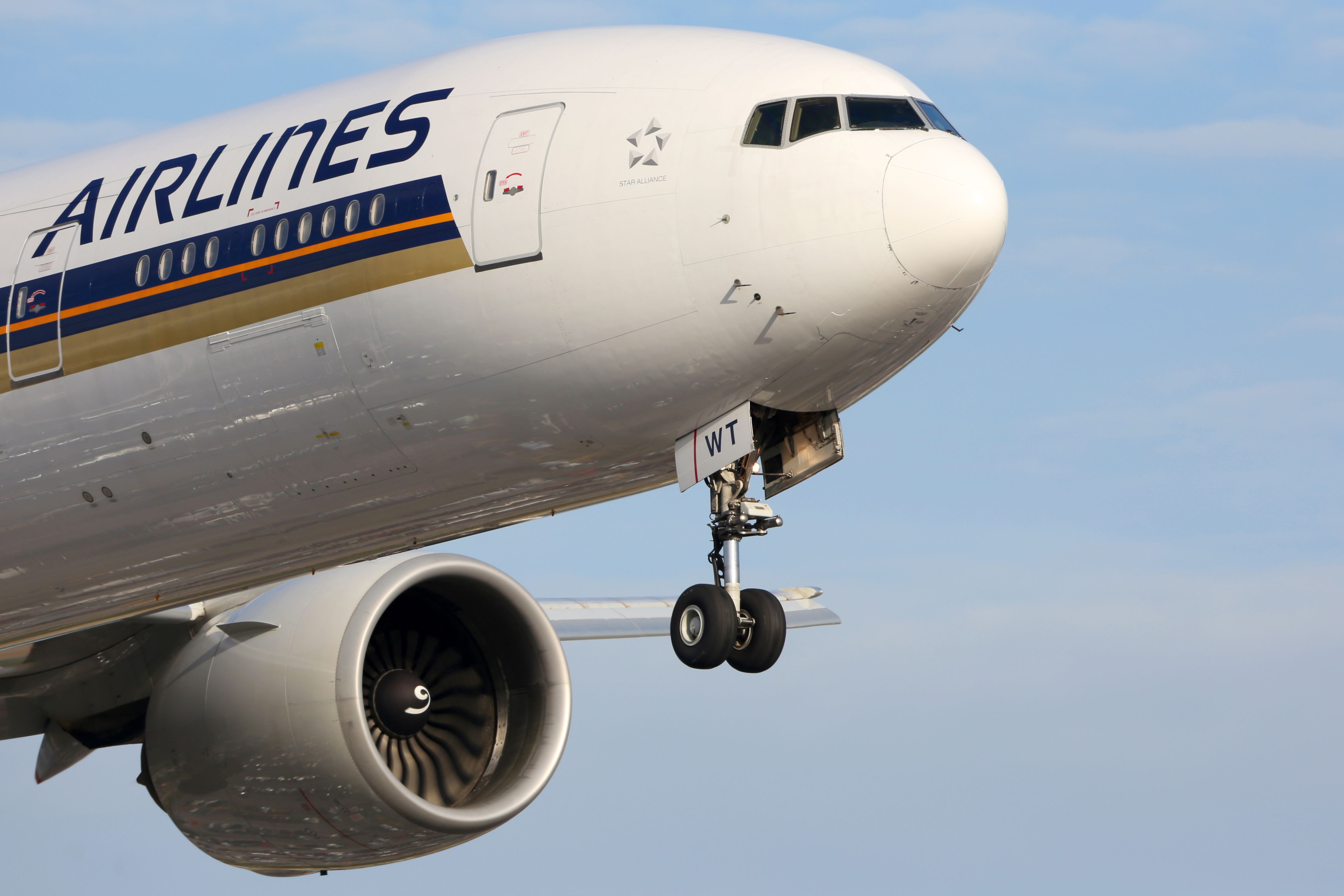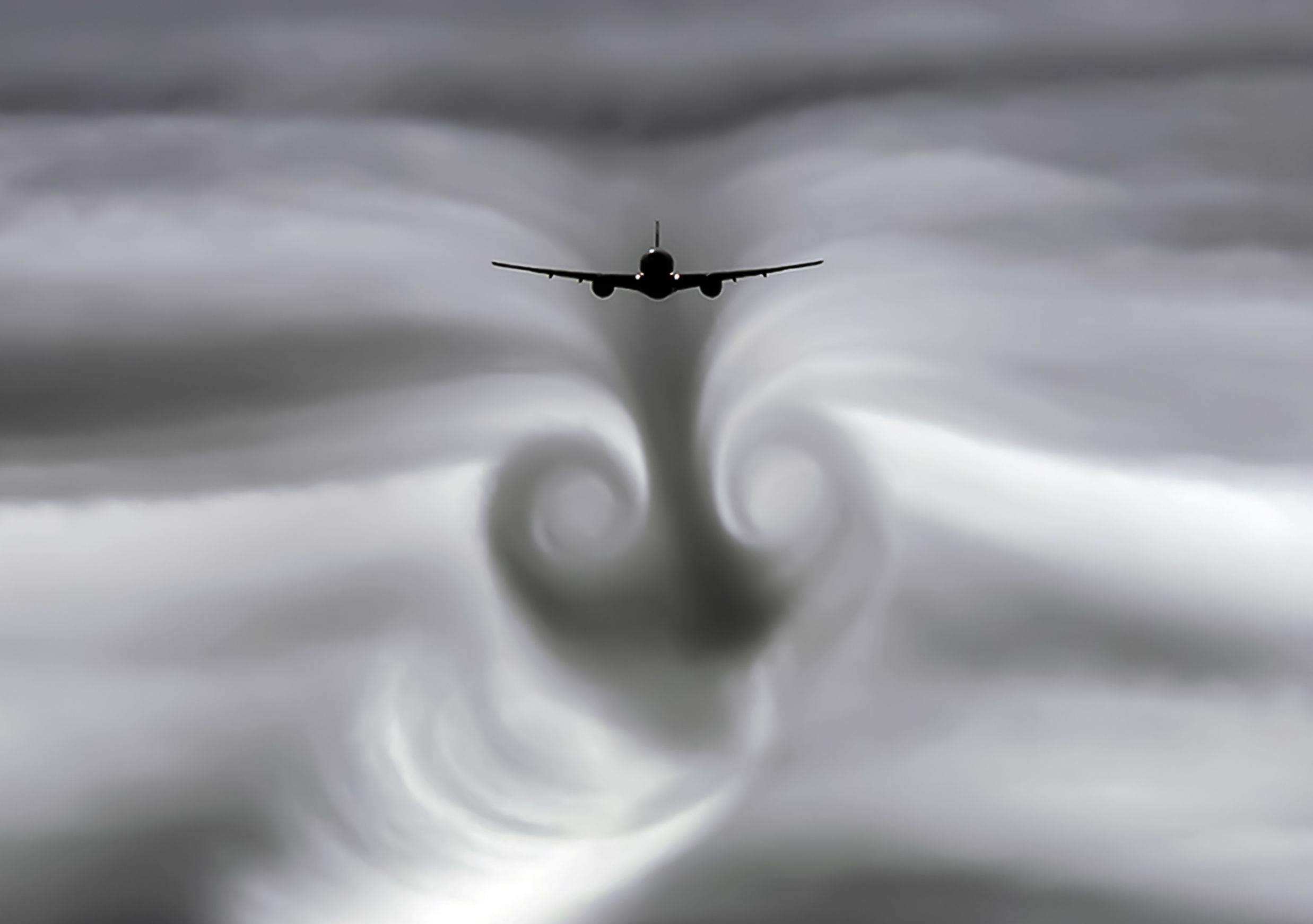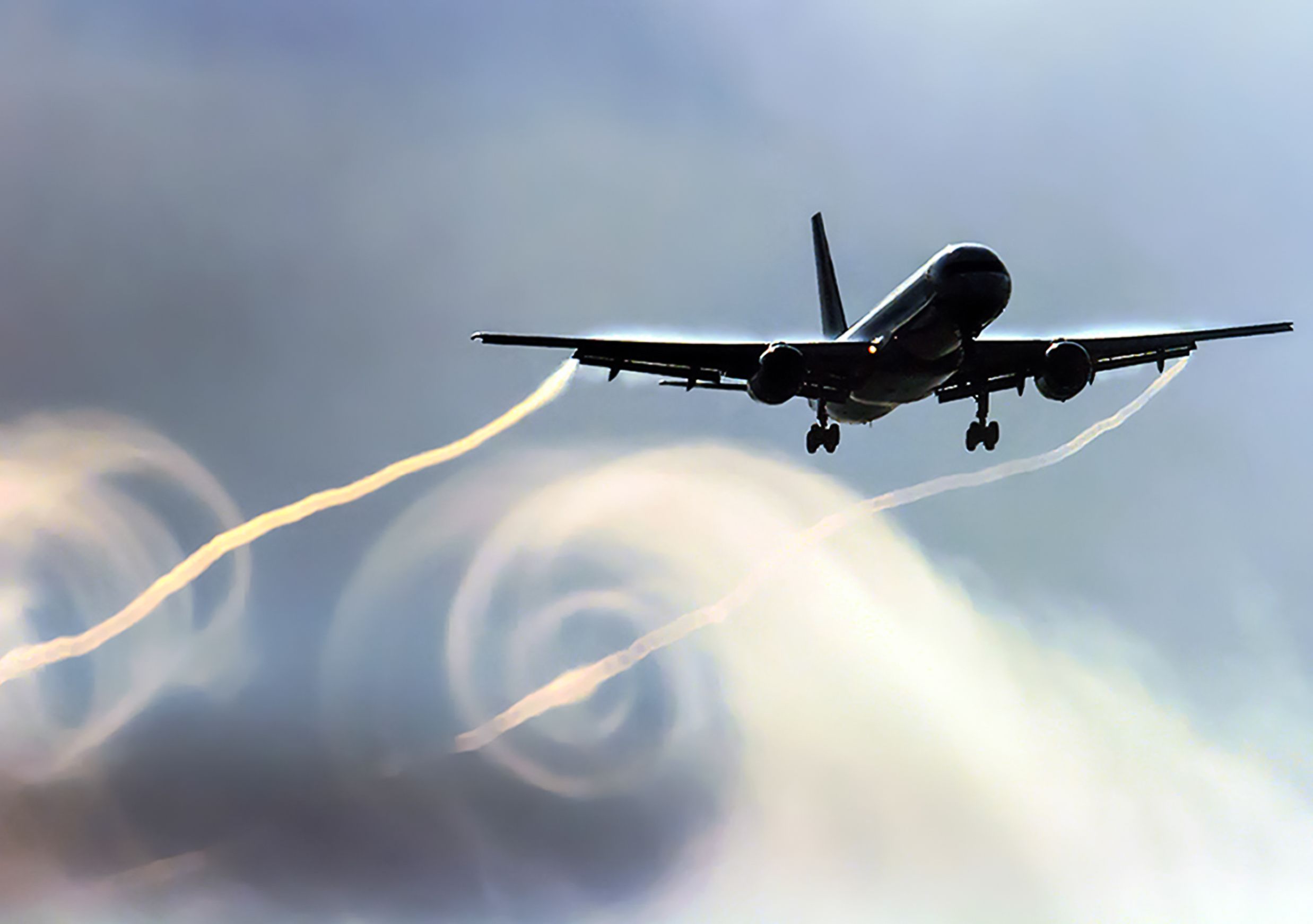Summary
- Air turbulence injuries are rare, roughly 12 per year on US-based airlines.
- Severe and extreme turbulence are rare and disruptive, with abrupt changes in altitude.
- Larger aircraft experience less turbulence; small jets like Cessnas feel it more dramatically.
One has died (of heart attack), and many more have been injured on a recent Singapore Airlines flight which was unexpectedly dramatically buffeted by severe air turbulence. One of the more tricky types of air turbulence is what is called Clear air turbulence (CAT), which is very difficult to predict. Air turbulence is just a fact of flying and the bane of those with a flying phobia and those who get air sick. But how dangerous is air turbulence, what causes it, and what is there to know or do about it?
1
Is air turbulence dangerous?
Air turbulence seriously injures around 12 people per year on US-based airlines.
|
Crashes: |
Rare |
|---|---|
|
Aircraft design: |
to withstand the worst air turbulence |
|
Annual injuries: |
approx. 12 serious injuries on US-based airlines |
In the 2004 Sci-Fi movie, Day After Tomorrow, the character Brian Parks remarks while flying through turbulence, “You know the odds of an aircraft coming down from air turbulence are one in a million—or was it a billion?” It is true that turbulence is unlikely to destroy an aircraft, as aircraft are designed to take the worst that turbulence can throw at them (although it’s not good for the aircraft).
Photo: Andrei Armiagov | Shutterstock
What Brain Parks failed to mention is that the danger of air turbulence is not necessarily the aircraft crashing but the passengers being thrown about in the cabin—especially those not wearing a seatbelt (as it was on the Singapore Airlines flight). According to the BBC, between 2009 and 2022, the US National Transportation Safety Board reported 163 “serious turbulence injuries” on US-based airlines.
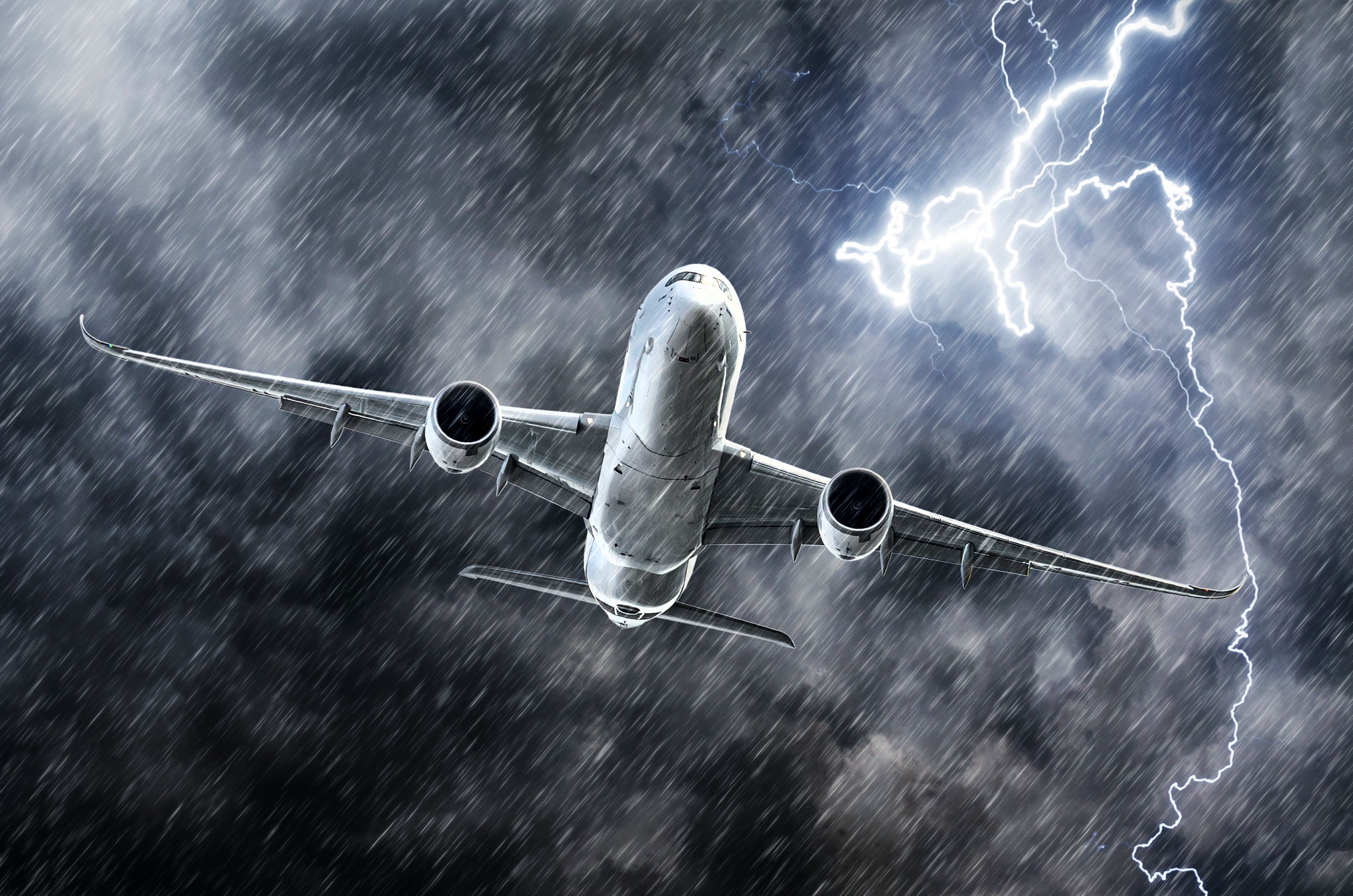
Related
New Approach For Detecting Air Turbulence Shows Promise In Aviation Safety
Scientists have proposed a new and simplified method using data to detect turbulence anomalies.
2
What air turbulence is
Air turbulence is disturbances in the air often caused by mountains, jet streams, and storms.
|
Common causes: |
Mountains, jet streams, storms |
|---|---|
|
CAT |
Clear Air Turbulence |
|
Predictability: |
Can be forecasted by monitoring weather, but sometimes happens without warning |
According to National Geographic, air turbulence is “chaotic and capricious eddies of air, disturbed from a calmer state by various forces.” For aircraft, the most common causes of air turbulence are from mountains, jet streams, and storms. Air turbulence can occur anywhere and can be impossible to predict (although much of it can be forecasted).
Photo: hlopex | Shutterstock
As air masses move up against mountains, they are pushed upwards, creating “mountain waves” of air. These can propagate as wide but gentle oscillations in the atmosphere. But they can also break up into many rough currents that buffet aircraft as turbulence.
3
The six categories of turbulence
The Singapore Airlines flight experienced “severe” turbulence – the second worst.
|
Six categories: |
light chop, light turbulence, moderate chop, moderate turbulence, severe, and extreme |
|---|---|
|
Common: |
light chop, light turbulence, moderate chop |
|
Rare: |
severe, extreme |
According to ABC News, Australia’s Civil Aviation Safety Authority (CASA) lists six categories of turbulence: light chop, light turbulence, moderate chop, moderate turbulence, severe, and extreme. The first three categories are too mild to cause much disruption to the aircraft or passengers, while moderate turbulence results in changes in aircraft altitude and/or attitude. Passengers feel definite strain against seatbelts.
Photo: Fasttailwind | Shutterstock
Severe and extreme turbulence are rare. The Singapore Airlines flight encountered severe turbulence, which involved abrupt changes in aircraft altitude and/or attitude. During severe turbulence, the aircraft can be momentarily out of control while occupants are violently thrown around. In extreme turbulence, it is practically impossible to control the aircraft, and the aircraft may experience structural damage.
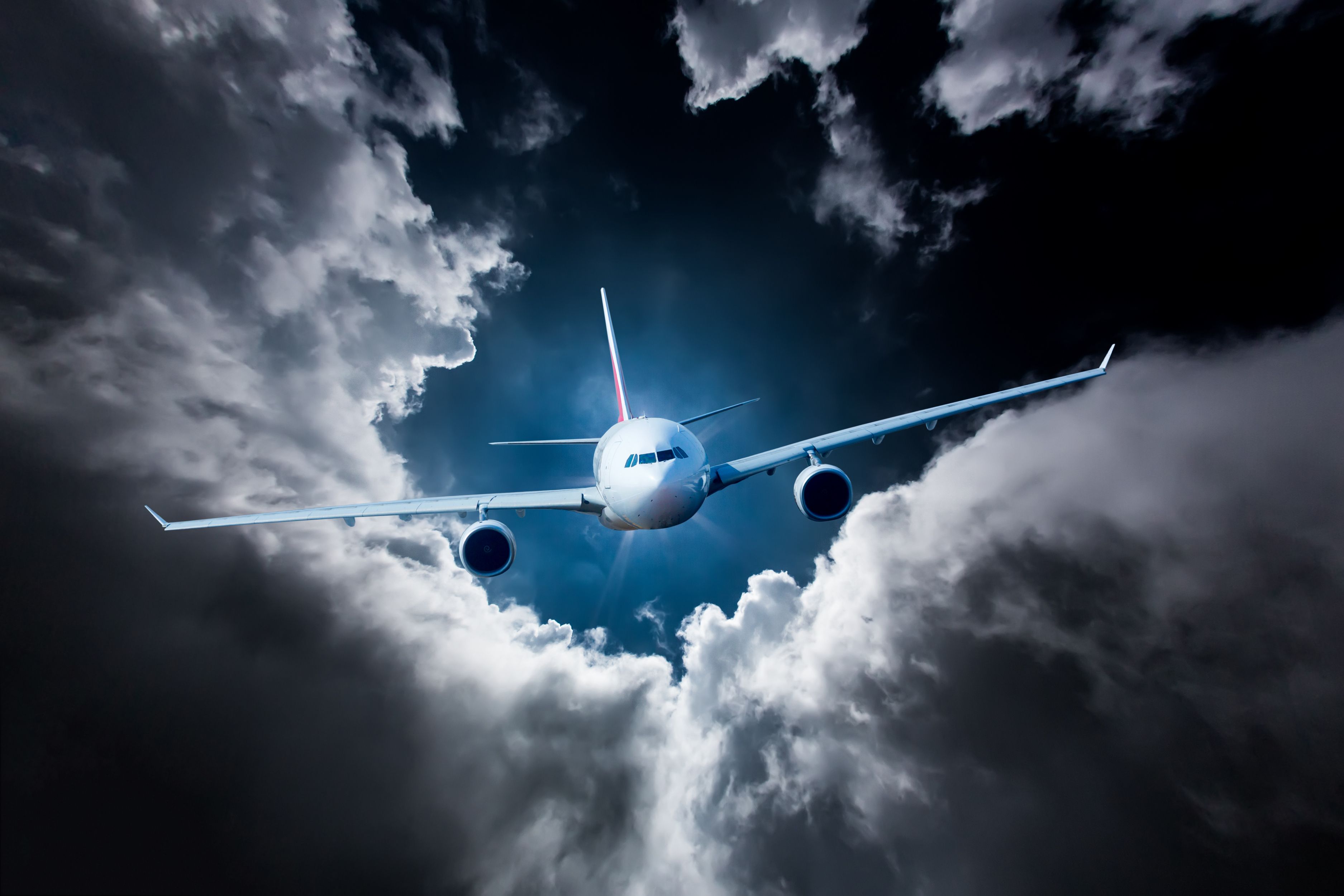
Related
Predicting Choppy Skies: How Do Pilots Know When Turbulence Is Ahead?
A comprehensive look at turbulence and how pilots predict turbulence to protect humans and aircraft alike.
4
Coping with turbulence
Booking tickets towards the front and center of the aircraft and keeping the seatbelt on are two things that help.
|
Forward tickets: |
Turbulence is less pronounced in the front than the rare of the aircraft |
|---|---|
|
Seatbelt: |
Always keep the seatbelt fastened |
|
Stow luggage: |
Always keep luggage safely stowed away |
For passengers in an aircraft, there is nothing they can do to avoid air turbulence, and whether they like it or not, they are in for the ride. However, one thing passengers can do is book their tickets closer to the front or center of the aircraft (turbulence is worse at the back of the aircraft). The center of the aircraft is where the aircraft’s center of gravity is and where movements will be the least pronounced.
Photo: hlopex | Shutterstock
The most obvious thing passengers can do is stay buckled up. There is a reason why the pilots put the seatbelt sign on during turbulence. One of the greatest dangers of turbulence is being thrown against the ceiling out of one’s seat. The seatbelt will restrain the passenger so that they can’t smash their heads against the ceiling.
5
Larger aircraft are better
Small aircraft like business jets are liable to experience air turbulence worse than large airliners.
|
Singapore aircraft: |
Boeing 777-300ER |
|---|---|
|
Turbulence duration: |
One and a half minutes |
|
Largest airliner: |
Airbus A380 |
The larger the aircraft, the less turbulence will be left. This means small aircraft like a Cessna will experience air turbulence more dramatically than large airliners. That being said, turbulence affects all aircraft – regardless of size. The Singapore Airlines flight was a Boeing 777-300ER – a large, wide-bodied airliner (it would have likely been worse if it was a smaller aircraft like a Boeing 737). This is purely physical.
Photo: hlopex | Shutterstock
A comparison can be drawn with boats and ships. A small canoe or small vessel is much more exposed and thrown around by waves and rough seas than a large ocean liner. Large ocean liners can sometimes just plow straight through the waves and not be particularly bothered by them.

